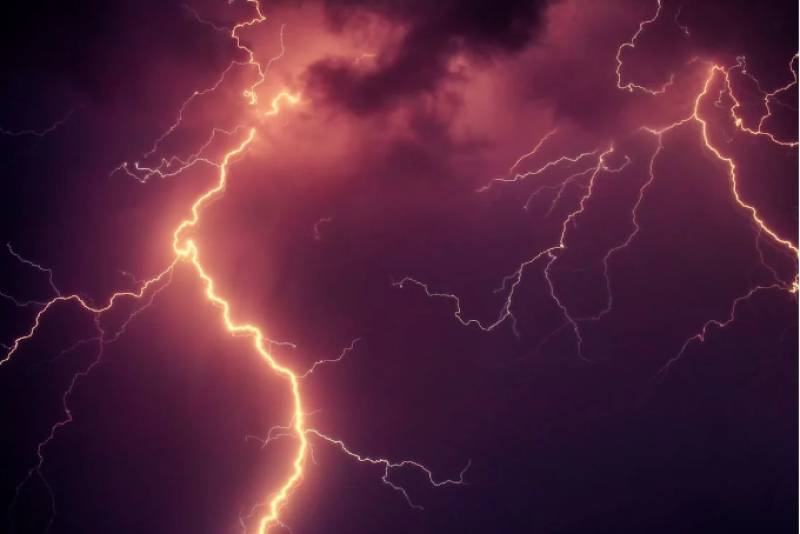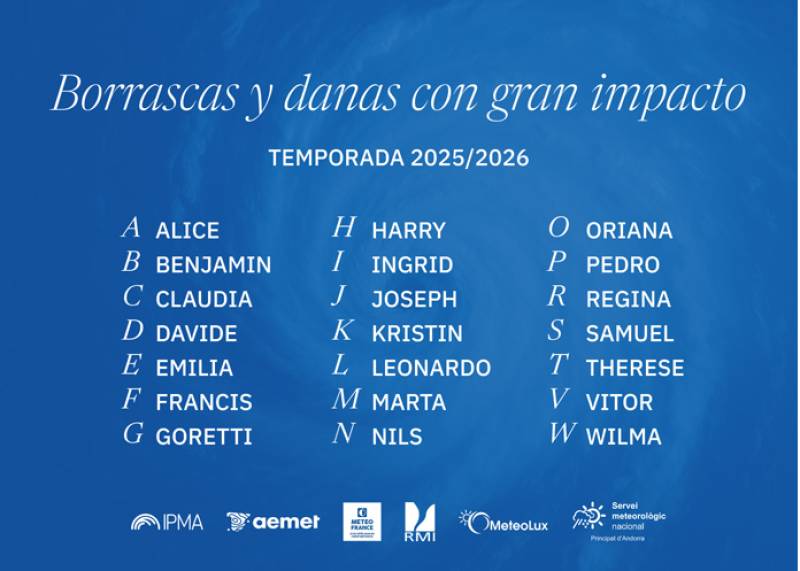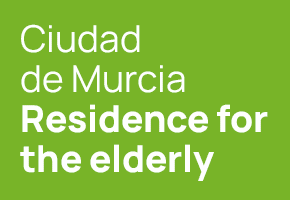Date Published: 14/10/2025
The worst storms in Spain will now be given their own names
Following the devastation caused by Alice in the southeast of Spain, all future high-impact DANAs will be named
Spain’s State Meteorological Agency (Aemet) has been giving names to big storms since 2017 under the European Storm Naming programme, with its partners in southwestern Europe such as Portugal, France, Belgium, Luxembourg and Andorra.
The idea is simple. A name helps people understand when a weather event is not just another system in the sky but something to pay attention to now.
Dana is short for Depresion Aislada en Niveles Altos which in plain English means an isolated depression in the middle or upper levels of the troposphere. These systems are tricky because they break away from main air flows and float semi-independently. When conditions are just right, especially with moisture, temperature contrast and local features like hills and coastline, they can trigger very heavy rain or snow, storms and local flooding.
But not every DANA turns dangerous. Many exist without causing much harm at all. Because of that, the naming will be saved only for those DANAs that are forecast to produce high impact weather.
Alice, the DANA that broke last weekend, is the first to get a name under the new rule. For future events, there are 21 names on the list alternating between female and male. When the forecast suggests probable orange or red alerts then the name is applied. Otherwise, we stay with technical descriptions.
Names of the high-impact DANAs and storms of the 2025-2026 season
When Alice came it tested the system. Along the Mediterranean coast and the islands including Valencia,
Alicante,
Murcia and the Balearics, torrential, persistent rain fell. Some places saw large accumulations in short time periods. Residents were warned, transport was affected, people prepared for floods.
According to Aemet, forecasting DANAs remains a challenge because of their complexity and the many variables at play. Meteorologists use computer models, upper air mapping, humidity readings, temperature gradients and other tools to judge the likely path and intensity. But small changes in any of those factors can alter outcomes markedly.
Giving these systems names brings real advantages: citizens and the media get a much clearer picture of the risk, and local authorities gain more time to prepare and respond when warnings arrive. A named DANA grabs attention earlier, helping people take forecast warnings seriously before they become crises.
Technical jargon or vague warnings lose their power when replaced by a name people actually recognise and after the storm eventually passes, having a specific name anchors the event in records and reports, making review and learning far easier.
Of course, there are risks too. If predictions are wrong or if a named DANA ends up being less severe than expected, people might ignore future warnings. Trust is important. Also public education is needed so people understand what a named DANA involves and don’t assume every named system means catastrophe.
But after Alice, many see this naming change as a valuable step forward.
article_detail

|



























